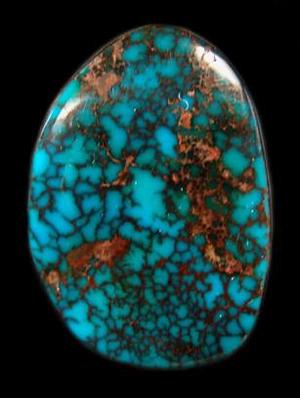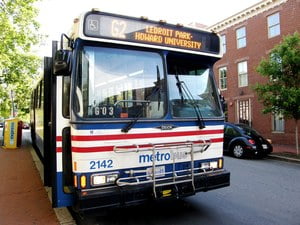Imagine it’s 1877. Nearly two decades ago, you rushed out to the West seeking all that gold they talked about. And all you got was wet, dirty, broke, and a few sparkly flakes. Unless you were Hugh, Harry, and Joe. For the three prospectors, Misters Jones, McCoy, and Halcro, their determination paid off, not in gold but in a copper find in the mountainous corner of southeastern Arizona.
They staked their claim, and as the song says, fools rushed in. Hundreds of claims later in less than two years, the area developed into a mining camp known locally as Mule Gulch. The town kept on growing, attracting more miners, more claims, more digging for earthly riches. But they were no fools; they just had no money.
The Copper Queen mine resulted from the largest claim. It too needed a financial backer for operations to continue. That backer turned out to be Dewitt Bisbee, a judge from San Francisco, for whom the growing Arizona mining town, Bisbee, was named. It is said that Judge Bisbee never saw Bisbee. If it were me for which they named a town, I surely would have scheduled a visit. It went on to be one of young America’s most important mining cities of the time.
It’s 1881. Another large claim, the Atlanta, soon attracted the attention of another business investor. Phelps Dodge (not to be confused with certain Chrysler car dealerships) bought up Atlanta, merging it with the Copper Queen in 1885, bringing in the railroad in 1889, and becoming the owner of most of the valuable copper mining properties in the region by the turn of the century.
Now back to the future for a moment. Remember your chemistry and gemological knowledge. Turquoise is a hydrous phosphate of copper and aluminum and gets its familiar aqua color from the copper. Turquoise is found in veins associated with copper ores. So, it’s no surprise that turquoise was found in the Bisbee mines, which were mining copper ore for more than fifty years.
It’s 1950. To increase copper production, low-grade ores were worked from nearby areas. One such open mine, called Sacramento Hill, was ordered extracted by the Phelps Dodge mine operations manager, Harrison Lavender. When Lavender’s crew was done with Sacramento Hill, they renamed it Lavender Pit, not only because the hill was now a pit, and not only because Harry Lavender ordered it dug out, but also because it was lavender, the color. Yes, the pit looks light purple from afar.
It’s 1972. Phelps Dodge has mined about all the copper from it can from Lavender Pit. The turquoise found there was of more interest to the miners who dug there than it was to the company. It is said that miners stashed turquoise chunks and chips in their lunchboxes. Bob Matthews, one of those miners, was granted rights to mine whatever turquoise was there. And a fine turquoise it was, indeed, although there wasn’t that much of it. All of it was embedded in granite and found in veins only inches wide. About a ton in total of jewelry quality turquoise was extracted from Lavender Pit within the next two years.
It’s 1974. Lavender Pit was shut down as a turquoise mining site. No more new Bisbee turquoise entered the market as lapidary roughs for jewelry supply.
It’s now. Lavender Pit in Bisbee, Arizona, is a tourist destination with foot paths and walking tours conducted at the rim. Visitors can peer into the place where Bisbee turquoise came from, but will nevermore. Bisbee turquoise, what there was of it, can now be found in vintage turquoise jewelry, from collectors, or ordered from the current owners. You can imagine that they ration whatever existing supply remains.
All of this is the reason authentic Bisbee turquoise is expensive, in short supply, and high demand, but, oh, so lovely and oh, so hard to get.
Sources:
www.nevadagem.com
www.ghosttowngallery.com




